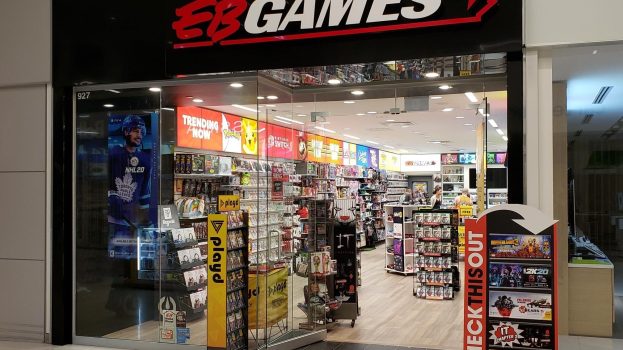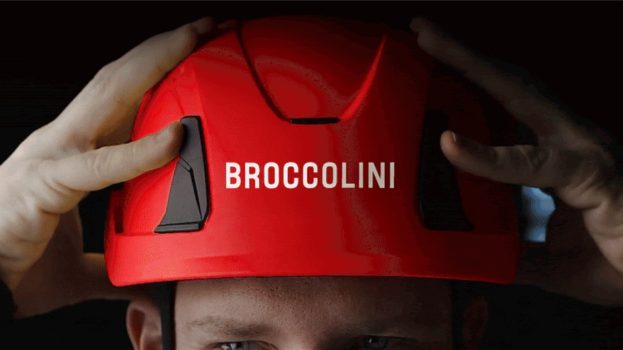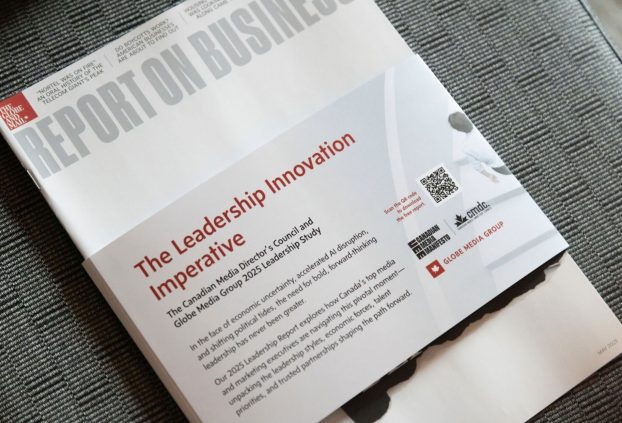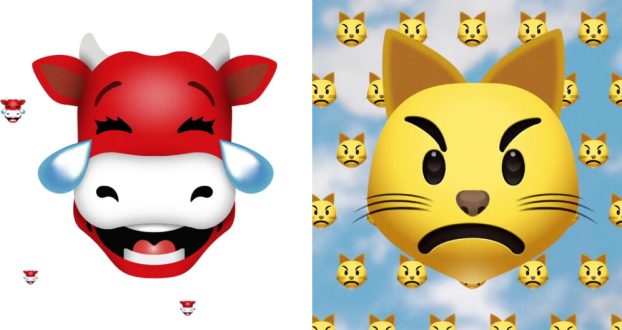Tease them
Creating pre-launch curiosity about a brand is a classic technique dating back to the dawn of advertising. Two of the champs were the notorious Burma Shave highway signs that kept drivers guessing mile after mile in the 1930s; and the pesky ‘You’ll wonder where the yellow went…’ radio spots of the ’50s that drove listeners to distraction for weeks before the final line was broadcast: ‘…when you brush your teeth with Pepsodent.’
These days, the tease ’em technique seems underused. But Microcell, for one, followed in some famous footsteps by flying a Fido-festooned blimp over Montreal, prompting potential customers to scratch their heads and swap guesses about just what a Fido might be.
Come up with a true novelty
Set to officially launch next month, beer.com is already testing Stella Cams in several bars. What’s a Stella Cam? Beer.com marketing director Paul Gillespie says it’s ‘the world’s first two-way Internet interactivity system enabling virtual visits to pubs around the world. It even lets you buy a beer for someone and initiate a 15-minute chat online.’ The device, which already has cameras trained on patrons in Toronto’s Indian Motorcycle Club as well as in pubs in Philadelphia, London and Budapest, is named for the site’s chief sponsor, Stella Artois beer, which is one of many brews owned by beer.com’s top shareholder, Belgium-based Interbrew. If the initial rollout proves successful, Gillespie says Interbrew will likely bankroll Stella Cams worldwide.
Get there first
Before Montreal-based exit.ca launched last November, vice-president and general manager Michel Boilard says ‘It wasn’t possible to look at and book vacation packages online for Canadian departures.’ Four months later, exit.ca, which is owned by Air Transat, has already become Canada’s top supplier, he says, with 15,000 customers to date and an equal number of unique visitors to its Web site per day.
How did they do it? Mostly by being the first of its kind in Canada. But Boilard adds that the company’s exclusive-to-the-Net incentive of awarding air miles is also proving to be a winner. Additionally, he believes the simplicity of the exit.ca name, ‘which says exactly what we’re all about,’ and the glowing sun logo, which is also meant to ‘suggest vitamin C,’ are making the brand memorable.
Also in the me-first category is Royal LePage. After 80-plus years in the real estate business, the company decided to refresh its brand by ‘positioning the company as the industry’s technology leader,’ says network services vice-president Sherry Chris. ‘Rather than half-heartedly throwing up a Web site, we trusted our research, which suggested that the growing computer-literate consumer sector might want to check things out online before contacting a broker.’
Sure enough, Royal LePage began attracting an average of 20,000 visits per month after loading its site with what Chris says are ‘unique in Canada’ capabilities during the past year. These include GIS Mapping, which allows buyers not only to see for-sale properties within three clicks, but also to zoom in on neighborhood schools and other amenities; a mortgage calculator; and a moving-costs calculator. All are downloadable not only to PCs but to wireless devices as well.
Act as if you’re a fait accompli
The jury is still out on how effective a brand-building ploy this is, but confidence, even downright chutzpah, has got to help. It radiates throughout www.TO-2008.com, the sophisticated Web site for Toronto’s bid for the upcoming Olympics. The kicker? Sticking exclusively to the declarative tense, as in: ‘The Olympic Village will be located …’ The bid’s masterminds also employed this say-it-and-they-will-come technique during a recent visit by the IOC selection committee. Even the prime minister’s clincher speech at the closing event was littered with ‘Canada will [do such and such].’ TP























